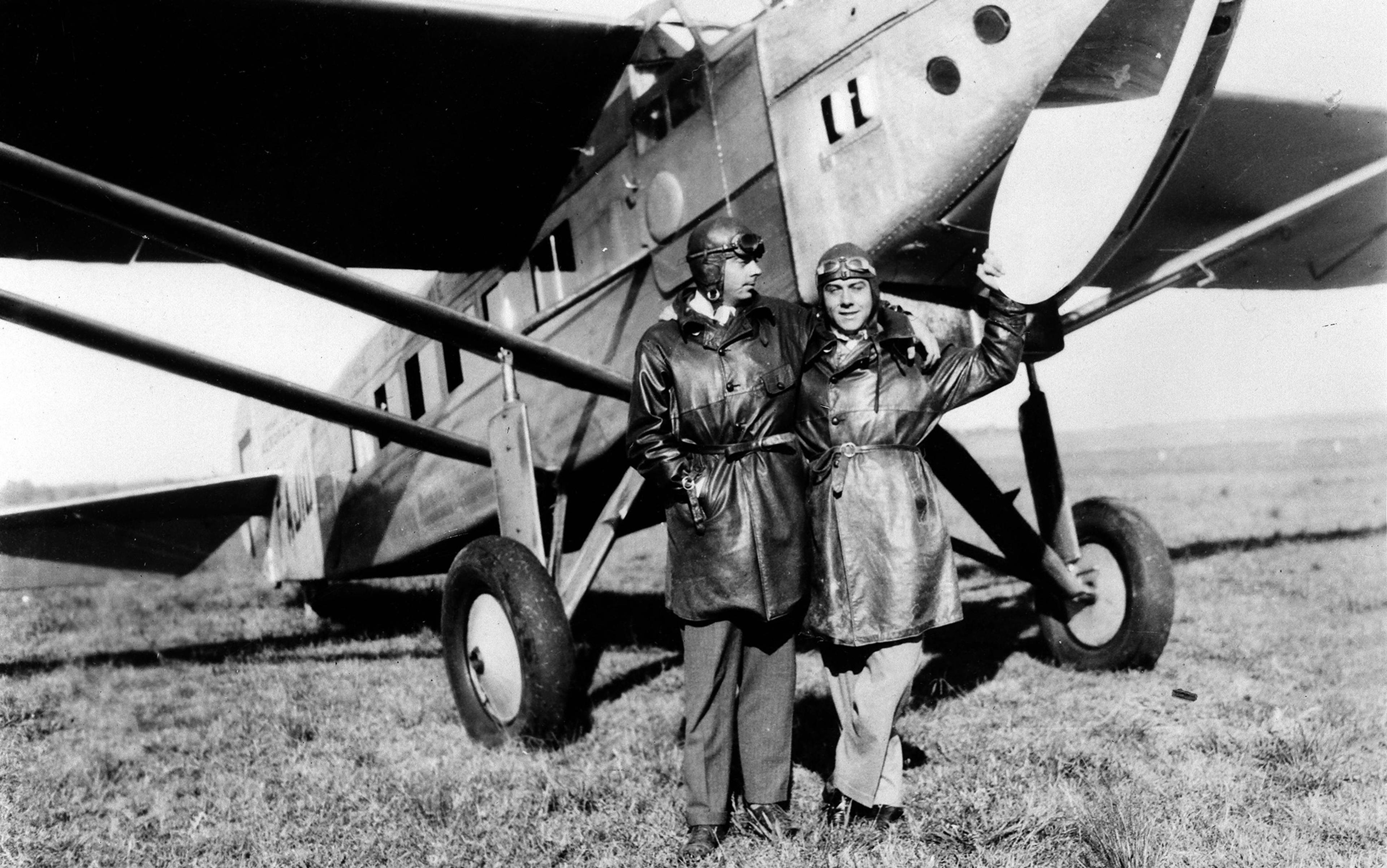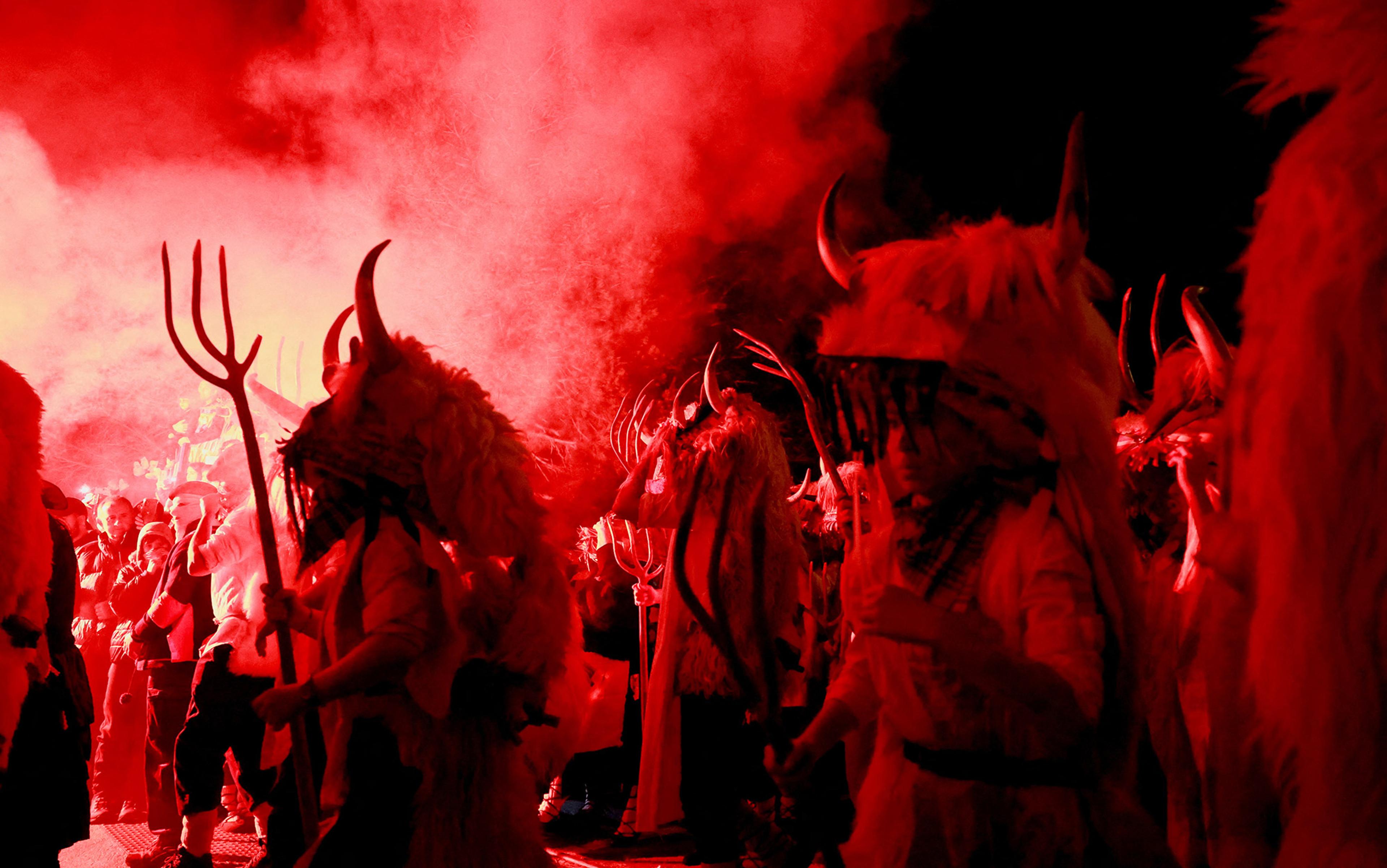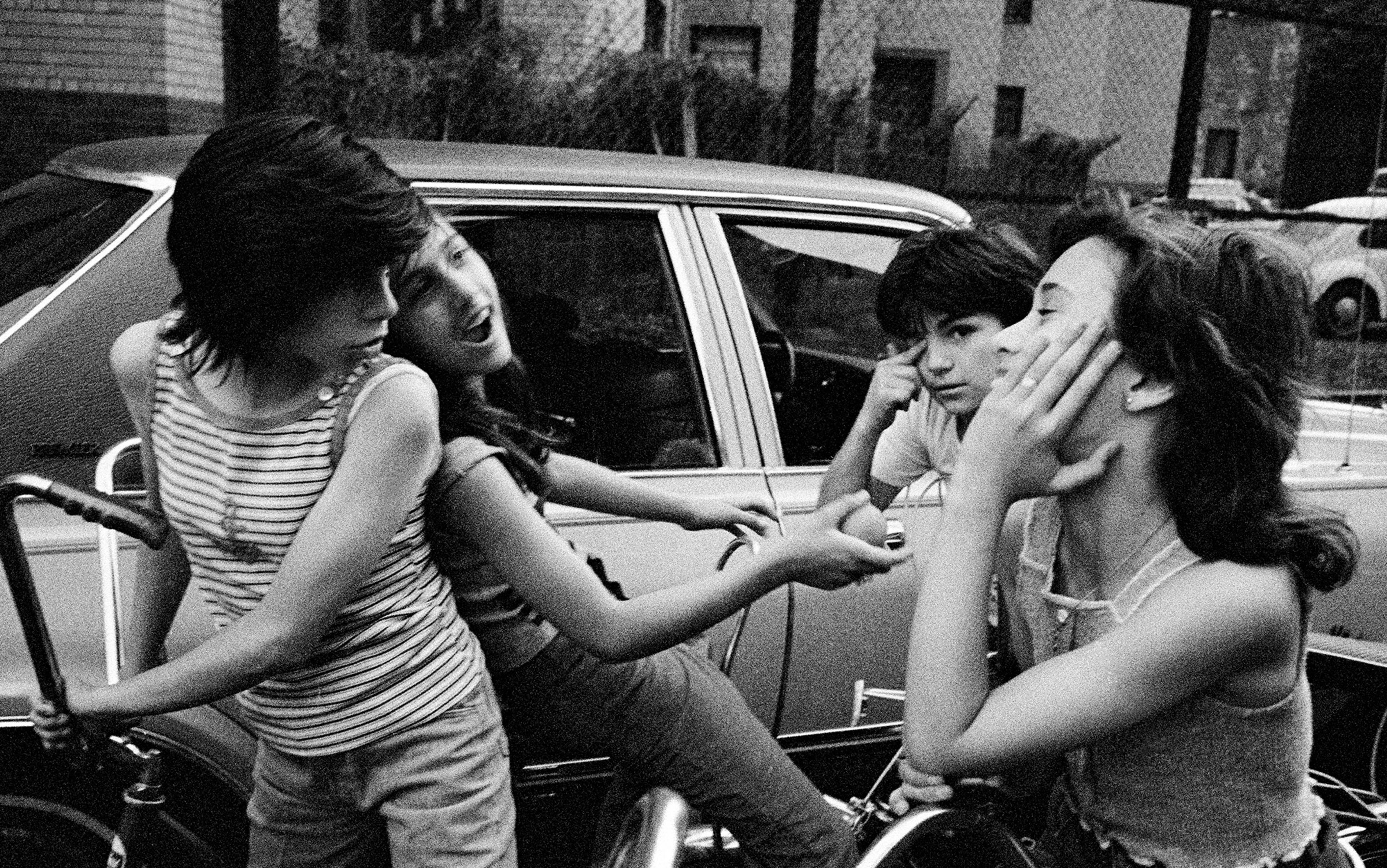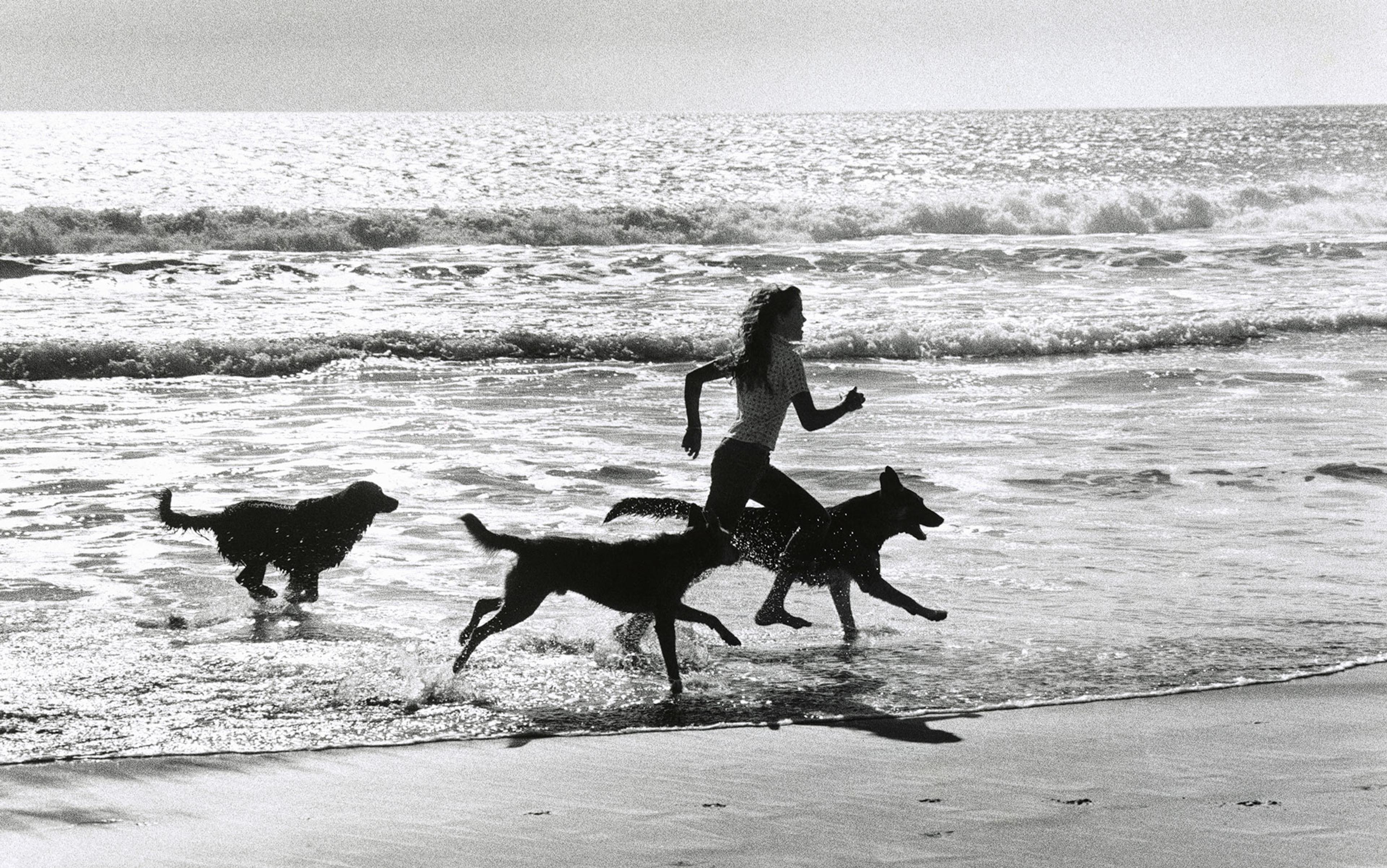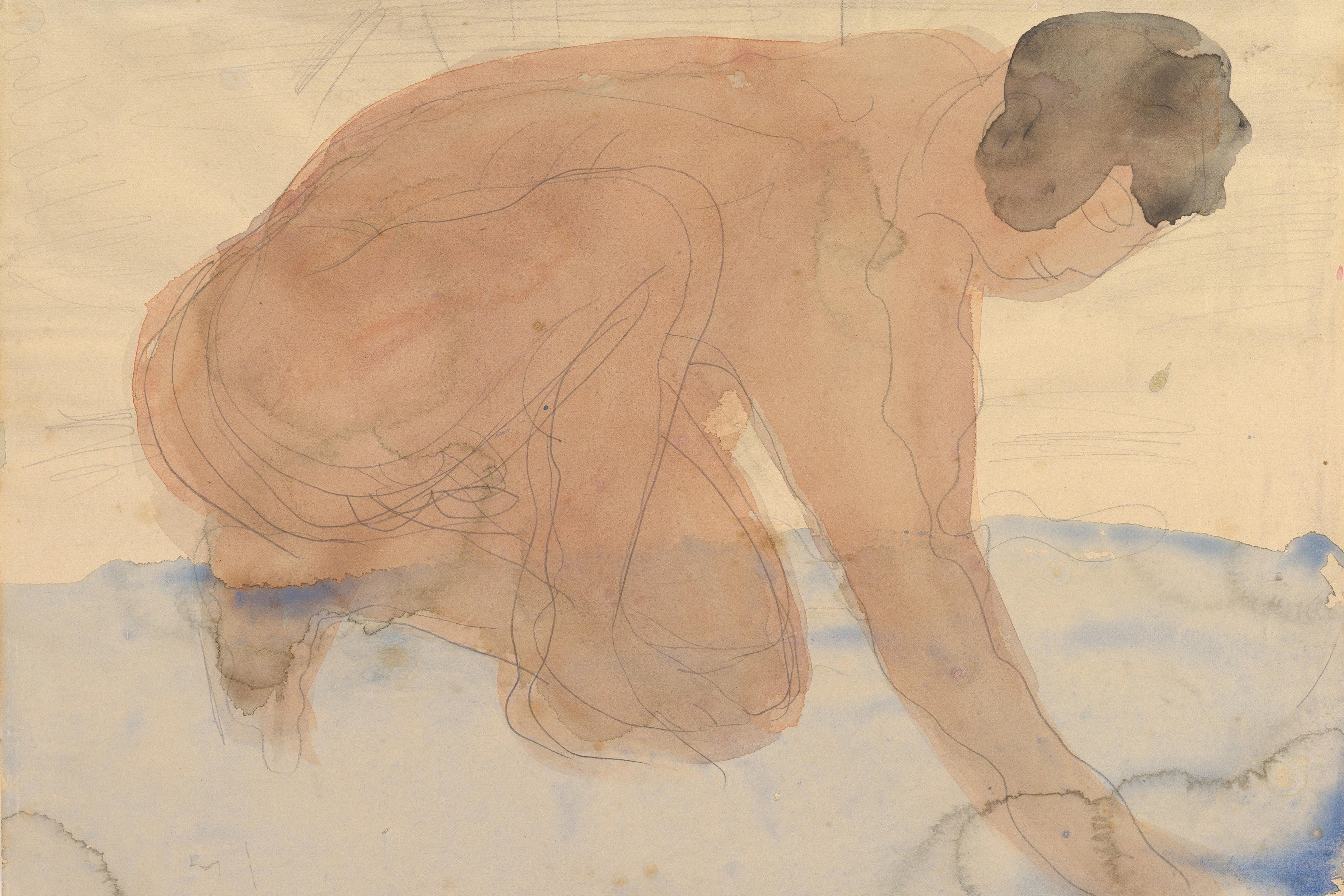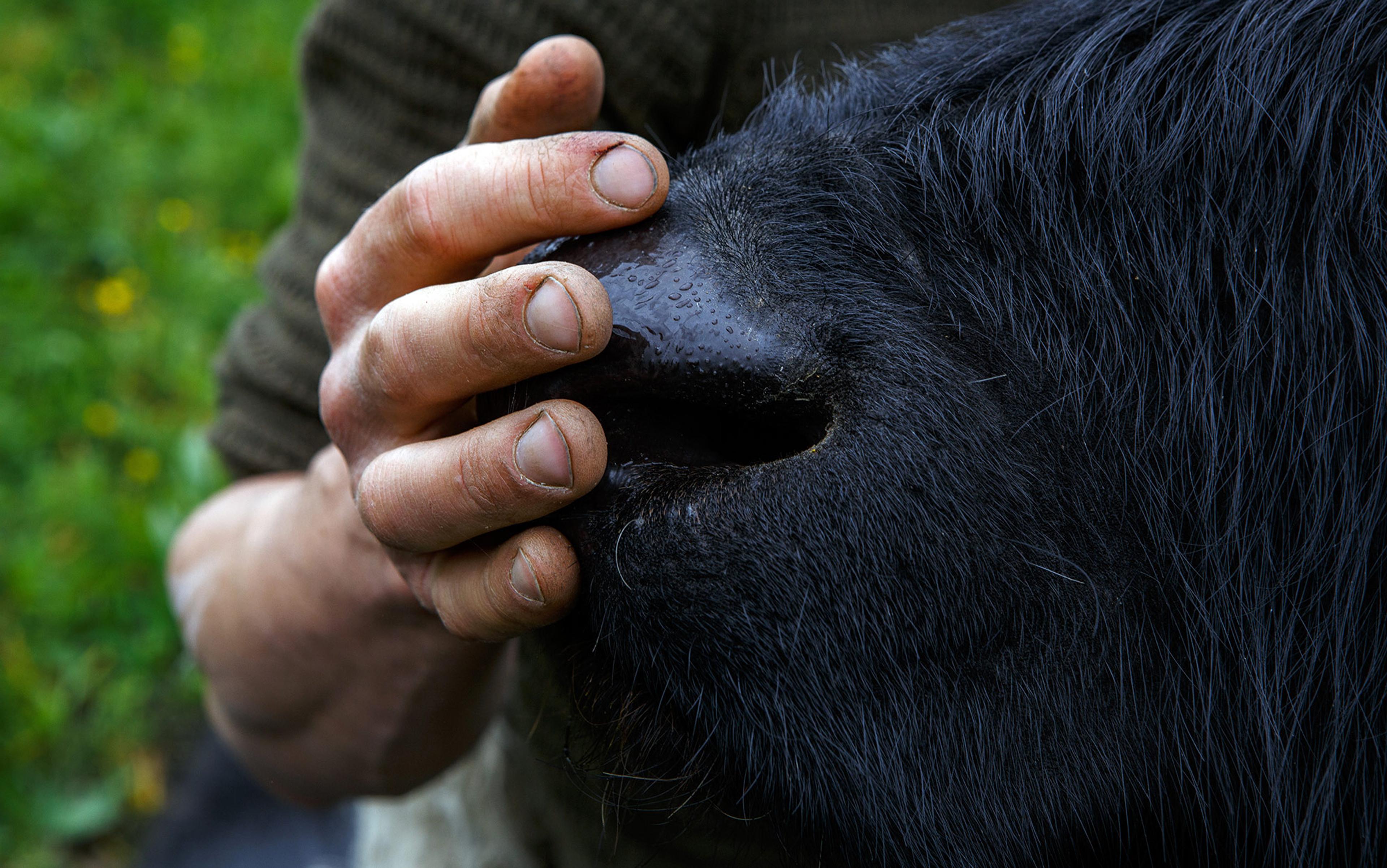In his memoir Wind, Sand, and Stars (1939), Antoine de Saint-Exupéry – author of the novella The Little Prince (1943) – relates the tale of his friend and fellow pilot Henri Guillaumet. The two men flew for the French airmail service in its early days. One winter, while on duty in South America, Guillaumet was en route from Chile to Argentina when a current drew his plane into low cloud and storm amid the peaks of the Andes. He circled for hours in a vain search for a breach in the clouds through which he might safely escape. He eventually ran out of fuel and was forced to down his aircraft in the frozen heart of the mountains. A rescue mission consisting solely of Saint-Exupéry and another pilot plied the world’s longest mountain range tirelessly for days in search of Guillaumet. But looking for a sign of him in that vast labyrinth of snow and ice was like looking for a diamond in the sands of the Sahara. The locals offered condolences, but no hope: ‘The Andes never give up a man in winter,’ they said with downcast eyes.
Meanwhile, Guillaumet huddled in a snow trench beneath sacks of mail for two days and nights waiting out the storm. When the sky finally cleared, he knew that there was only one way out. He began a most unlikely and perilous descent on foot, with scant rations and no mountaineering equipment, through one of the most inhospitable environments on the planet. Guillaumet trekked five days and four nights through the snow. And he survived. At his tearful reunion with Saint-Exupéry, Guillaumet – emaciated, devoured by frost, and barely able to speak – declared: ‘What I have done, I swear to you, no animal would ever have done.’ Saint-Exupéry would later write of that sentence that it was ‘the noblest ever spoken’, and that it ‘honours’ and ‘defines man’s place in the universe’.
What did he mean by that? How do Guillaumet’s deeds and words situate us with respect to nonhuman animals? Indeed, was it not precisely as an animal that Guillaumet returned to the living? He himself attested that his rational faculties had largely deserted him from famine and fatigue. The homecoming of Odysseus, one might think, was uniquely human, achieved through species-unique cunning and eloquence. But Guillaumet’s feat – was it not the brute, obstinate will to live, as evident in a simple bacterium as in a human being, that preserved Guillaumet and carried him onward when his properly human, rational faculties had left him?
I am sitting in an armchair in the living room presiding over the play session of two strikingly similar creatures. One is my 18-month-old nephew, William. The other is William’s best pal, our beloved family pet, a perky sheltie-cross named Mackenzie. An array of playthings is spread out on the floor at my feet. Some are William’s, some are Mackenzie’s, but most are, well, William’s-and-Mackenzie’s. It would take a forensics team to tell whose drool and teeth marks are whose. Mackenzie grabs a tennis ball in his jaws. He brings it to me, deposits it on the seat next to my left thigh, and nudges it forward with his nose. He looks up at me expectantly, his enormous, brown eyes gleaming and tail wagging. William clasps a blue wooden block between his palms. He totters over to me and places it on my lap. He tumbles onto his hands and knees, then lifts his head and looks up at me, just as expectantly as Mackenzie.
On the surface, there appears to be perfect parity between Mackenzie’s and William’s gestures. Both are communicative acts of social solicitation, involving a relationship between a requester, a requestee and an object. Both entail a certain degree of social intelligence. William and Mackenzie understand that they can get me to do something for them if they solicit my attention in the right way. But this superficial resemblance belies an underlying disparity between William’s and Mackenzie’s behaviour. To understand it – and to understand Guillaumet’s words – we must delve deeper into the motivations and expectations behind these actions.
For Mackenzie, there is only one game in town. We have been playing it for years, and it never gets old. Sure, I mix things up a bit from time to time. A little sleight of hand can send Mackenzie left while I toss right. Or I fake a throw then hide the ball behind my back, after which I mirror Mackenzie’s stupefied, slightly annoyed look with my own incredulous one. (‘Where did it go?’) But I suspect that I need the variety more than Mackenzie does. His motive and expectation are simple. Though Mackenzie and I are dear old friends with a solid emotional connection that is reinforced by the play session, there are times when I feel like I might as well be a ball-throwing machine.
He just wants to know that I am sharing in the same marvellous manifestation of the world
What are William’s intentions and expectations in presenting the block to me? In fact, this remains an open question for me. Compared with Mackenzie’s ritualised requests, William’s entreaty seems open to a much wider range of possible replies. From his curious looks, which alternate between me and the block, and the inquisitive vocalisations that he emits, I can tell he wants me to do something. But what? It often seems that William is content just to observe my own attitudes towards the objects he brings me and the spontaneous use I put them to, as though he were asking: ‘Do you like it? What shall we do with it?’ And at other times, he seems to want to direct my attention to various things just for the sheer joy of sharing the world with me: ‘Check this out! Do you see what I see?’
This sharing motive is especially evident in William’s pointing behaviour. At 18 months, he is now quite proficient at pointing, and takes great joy in directing my attention to various objects in our shared environment. William’s pointing is not just for the sake of his own orientation or coordination. I can tell it is for me because he checks in with me, looking over his shoulder to make sure I am dialled in to the same fascinating objects and events that he is. But much of the time he doesn’t seem to want me to do anything in particular in response. He just wants to know that I am there with him, sharing and taking interest in the same marvellous manifestation of the world to which his wide eyes are opening more and more every day. ‘Wo! Look at that!’
(I do something similar, incidentally, when I message my friends around the world while watching a football match. I usually insert some astute or witty bit of commentary to give an impression of added value to the message. But in truth, I just want to share the world with them, and to know that I am sharing the world with them. Just like William, I peek back over my shoulder to a friend on another continent: ‘Wo – did you see that?’)
Pointing was long believed to be a uniquely human behaviour. It isn’t. Many apes reared in captivity learn to point. There is even some evidence that chimps do something approximating pointing in the wild, though the range of applications is narrow and it’s debatable whether such behaviours ought to count as ‘pointing’. Beyond the primate lineage, ravens, from the clever and communicative corvid family, also use their bodies to direct the attention of fellow travellers to nearby objects.
But just as William seems to be after something different than Mackenzie in sharing his toys with me, there are unique characteristics of human pointing exhibited by no other animal. Just like Mackenzie with his gestures soliciting play, those chimps raised in captivity who learn to point for their human caretakers point almost exclusively to get others to do something for them. Developmental psychologists and primatologists call this imperative pointing.
William, by contrast, points to enquire about my views and attitudes on the world (call it interrogative pointing), or just for the joy of sharing the world with me (call it declarative, or exclamatory, pointing). Or, if we were to translate these gestures into explicit sentences, Mackenzie and the chimpanzee are saying something like: ‘Hey, you, do something for me!’ while the infant is often saying: ‘Hey, you, share this experience with me!’
Both parties in the exchange can feel and express their joy, excitement or curiosity
Infants usually begin producing their first pointing gestures towards the end of their first year. However, uniquely human dimensions of sociality and communication emerge long before this. Over the past decade, researchers have demonstrated that the foetus in the womb is already tuning in and growing familiar with the rhythmic character of the language the mother speaks. Throughout the first year, infants display a disproportionate attentiveness to the faces, actions and speech of people in their environment, compared with competing stimuli.
Within the first few months of life (some even believe it starts at birth), infants begin to engage in dynamic, face-to-face exchanges of gestures and vocalisations with their parents or carers. The adults will smile, wave, coo and laugh at infants, who return the expressions. Developmental psychologists call this rudimentary back-and-forth ‘protoconversation’. It has the same dialogic structure as full-blown conversation, but with a much simpler content and range of meaning. Protoconversation allows infants and their carers to align their emotional states. Both parties in the exchange can feel and express their joy, excitement or curiosity. And through reciprocal expression they can experience that the other also feels and expresses the same.
Towards the end of the first year, pointing and other behaviours for sharing attention allow infants to extend the face-to-face interactions of protoconversation to face-to-face-to-world interactions. When this happens, the affective connection established in protoconversation is transferred to the world and the things that infants and their carers are jointly attending to. An 18-month-old infant engaging in a play session with an adult and a toy is experiencing the toy in part through the lens of the affective rapport she has already established with the carer. In this way, the infant learns not only what kinds of practical use adults make of objects. She will also learn the emotional significance that these items have for their users. We are not only practically dialled into the world together but, just as importantly, emotionally. Human beings are generally highly motivated to maintain, cultivate and expand this shared emotional attunement to our surroundings. Just think about watching a sporting event and cheering for the same team with your friends, practising a religion together, sharing a pastime with others, or even just making idle gossip.
The deepest strains of our humanity might have little to do with our discrete rational aptitudes at all. For decades now, researchers such as Michael Tomasello have been devising increasingly elaborate and ingenious experiments to study the similarities and differences between human and chimpanzee behaviour and cognition. The state of the art is summarised in Tomasello’s book Becoming Human (2018). Where the most basic level of social cognition is concerned, we are learning that our closest evolutionary kin are much more capable than was once thought. Just like humans, chimpanzees can follow the gaze of other chimps and humans. They have some idea about what others see, and can tell when someone else’s vision is occluded by an obstacle.
But where emotions and motivations are concerned, more basic differences emerge. Chimps don’t engage in the kinds of prolonged, intimate face-to-face emotional interaction that human infants and their carers participate in through their protoconversations. This might simply be a factor of how they have evolved to tune in to the world and their fellow chimpanzees, and what they feel motivated to do. But it is because of such motivation and basic attunement to the world that human children pursue the endless, gruelling apprenticeship required to acquire competence in human cultural and linguistic life. This heritage provides the foundations of a more wide-ranging rationality.
At 18 months old, William’s cognitive abilities are in most respects comparable with those of an adult chimpanzee. But over the course of the coming years, he will be drawn further into a domain of human cultural and linguistic life, and will develop abilities in executive control, self-awareness, social cognition, problem solving, memory, imagination and planning that far outstrip what any other animal is capable of. We usually think of these abilities as private and individual.
What if humans became so rational and linguistic because of the very special kind of social way we emote?
But many developmental psychologists, following the groundbreaking work of Lev Vygotsky, believe that they depend on the internalisation of cultural and social ways of thinking, especially those codified in language. During the preschool and early school years, children eventually come to appropriate the speech they hear around them. They first repurpose it for a private but still audible self-directed speech, then internalise it further into subvocal inner monologue. As private as our internal narrative might seem to us, though, we should acknowledge its origin in external speech. Even our most secret inner thought bears the trace of the child’s orientation towards others and his intense desire to participate in a uniquely human social way of life.
Philosophers and scientists have long debated why human beings come to achieve, individually and collectively, such unique and astonishing cognitive abilities. Most have proposed that we are somehow basically different from other animals in our possession of reason or language. This view was asserted by Aristotle, who defined the human being as the animal that has logos – the power of reason, or speech. More recently, Noam Chomsky influentially argued that humans must have evolved a basic adaptation for language. But this view has not been without its critics, Tomasello among them. In this hallowed history of research and speculation on human exceptionalism, far less attention has been paid until recently to the ways in which human beings are affectively special.
But what if the primary way in which we are unique, and one of the ultimate causes of our remarkable rational and linguistic capabilities, turns out to be the unique way in which we are emotionally drawn to one another and the world? What if humans have become so rational and linguistic because of the very special kind of social way we interact and emote? How might it change our way of understanding ourselves, our relationships with and responsibilities to one another, our fellow animals and our planet if we came to see the foundation of human uniqueness not in our capacity for reason, but in our capacity for empathy? If we realised that we are the very special animal we are because of our very special ways of caring for and about one another – a care that we project into the nonhuman world? The rational animal has used its reason to wreak havoc on the planet and its inhabitants. Could the empathic animal begin to undo some of that harm?
It is 20 degrees below zero Celsius, and the wind tears through Guillaumet’s clothing. He is abandoned in the Andes. His feet are swollen, his face is bloated and seared from the frost. His mind begins to betray him. He can’t think clearly, and he is growing forgetful. If he takes off a mitten for a moment to use his hand, he finds later that he has left it behind, and so he must turn back. Every step is agony as his muscles spasm and seize. He falls, and falls, and falls again. Each time, he finds that his animal will to live has left him. Sleep beckons him with a bed and blanket of snow from which he knows he would never rise. Death would be mercy. All he has to do to find peace is to stay down, close his eyes, and let go.
What lifted Guillaumet to his feet and motivated him to continue waging a seemingly interminable and hopeless war against the elements? It was his wife’s voice, ringing clarion clear from across the ocean to pierce death’s snowy veil and induce a moment of lucidity in his punch-drunk thoughts. ‘If my wife still believes I am alive, she must believe that I am on my feet,’ Guillaumet thought to himself. And hearing her call, seeing himself in her eyes and heart and mind, was enough to lift Guillaumet to his feet, even when he himself was ready for death and already beyond its brink. His every defiant step was a response to that call. He was drawn up and drawn forth from a wellspring of the human that’s more primordial and definitive of who we are than the cunning feats and rhetorical knack of an Odysseus.
The foetus, we have seen, prior to birth already hears and feels the very real voice of its mother calling it forth into the world. In a case such as Guillaumet’s, an imagined voice can even reach us beyond death and call us back to the world of the living. To be human is to be addressed by such voices, a lifetime and more – and to be moved by them.
